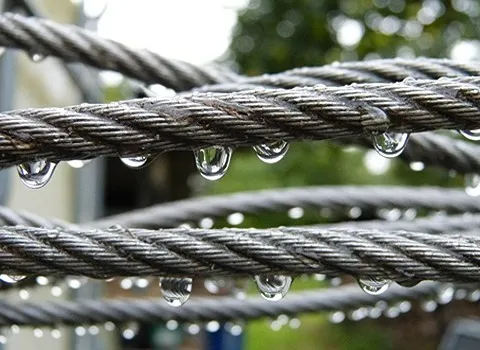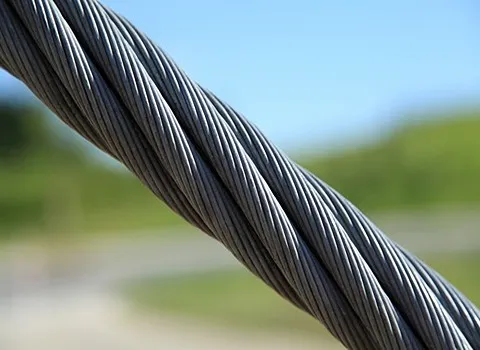Metal wire cables are the unsung heroes that quietly support and connect our modern world.
From powering elevators and suspension bridges to securing heavy loads and transmitting electricity, these unassuming strands of metal play a crucial role in various industries and applications.
In this article, we will delve deep into metal wire cables, exploring their types, materials, construction, uses, and the myriad benefits they offer.

Understanding Metal Wire Cables
Metal wire cables, also known as wire ropes or steel cables, are composed of multiple strands of metal wires twisted or braided to form a flexible and strong structure.
These cables are typically made from materials such as steel, stainless steel, or aluminum, each offering unique properties and applications.

Construction of Metal Wire Cables
Metal wire cables are constructed using a specific twisting pattern or braiding individual wires together.
The two main construction methods for metal wire cables are
Lay Pattern
The lay pattern refers to the direction in which the individual wires are twisted together to form the cable.
There are two common lay patternsregular lay, where the wires are twisted in the opposite direction to the cable's overall twist, and lang lay, where the wires are twisted in the same direction as the cable's overall twist.
Core Type
Metal wire cables can have either a fiber core or a steel core. Fiber cores, made of materials like sisal or polypropylene, provide flexibility and cushioning, while steel cores offer increased strength and stability.

Uses of Metal Wire Cables
Metal wire cables are utilized across a broad spectrum of industries and applications due to their strength, durability, and versatility.
Some common uses of metal wire cables include
Lifting and Rigging
Metal wire cables are essential for lifting and rigging operations in construction, mining, shipping, and oil and gas industries. They are used in cranes, hoists, winches, and derricks to lift and move heavy loads safely and efficiently.
Transportation
Metal wire cables are used in the automotive and aerospace industries for applications such as control cables, brakes, and suspension systems.
They provide reliable performance and durability under high-stress and dynamic conditions.
Infrastructure
Metal wire cables play a vital role in the construction of bridges, dams, and buildings, providing structural support and stability. They are used in suspension bridges, cable-stayed bridges, and guyed towers to withstand tensile forces.
Marine and Offshore
In the marine and offshore industries, metal wire cables are used for mooring, towing, and anchoring vessels.
Their corrosion resistance and high strength make them ideal for withstanding harsh marine environments.
Electrical Transmission
Metal wire cables are employed in electrical power transmission and distribution systems to support overhead power lines and cables.
They provide mechanical strength and support to withstand the weight and tension of the conductors.

Benefits of Metal Wire Cables
The use of metal wire cables offers a range of benefits that make them indispensable in various industries and applications. Some of the key benefits of metal wire cables include
Strength and Durability
Metal wire cables are renowned for their high tensile strength and durability, making them capable of withstanding heavy loads and extreme conditions.
Flexibility
Despite their strength, metal wire cables remain flexible, allowing them to bend and conform to different shapes and configurations without compromising their structural integrity.
Corrosion Resistance
Cables made from stainless steel or galvanized steel exhibit excellent corrosion resistance, prolonging their lifespan and performance in corrosive environments.
Versatility
Metal wire cables are versatile and adaptable to a wide range of applications, from simple lifting tasks to complex structural support systems.
Safety
Properly manufactured and maintained metal wire cables undergo rigorous testing and inspection to ensure their safety and reliability in critical applications.

